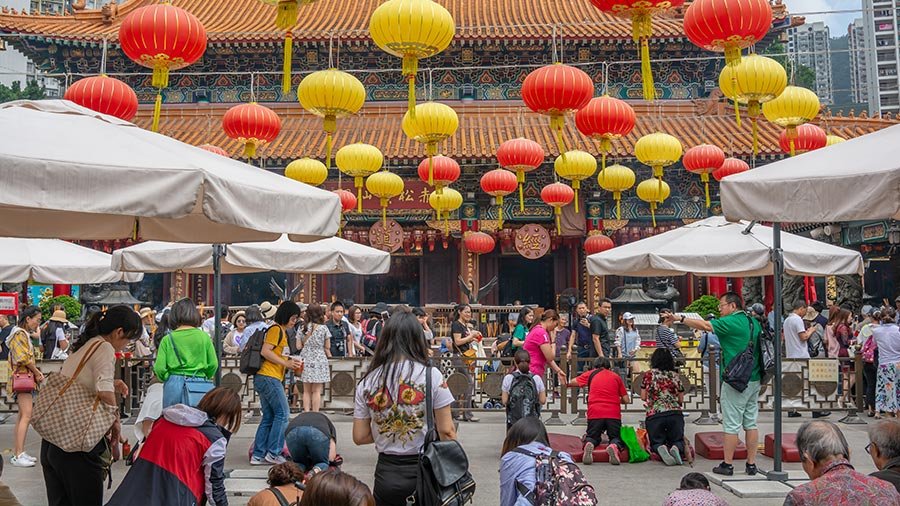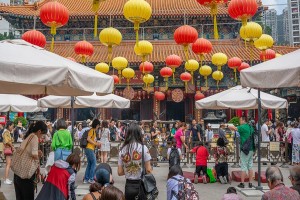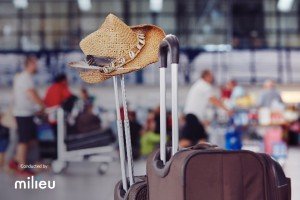Like it or not, China keeps making the headlines since the advent of the pandemic in 2020, and it’s for all sorts of reasons. From Covid containment and the strict zero policy to the closure of outbound tourism to the unstoppable desire to shop and travel – even if it’s just to neighbouring Macau or Hainan.
The latest news is the lockdown of one of China’s most important financial centres: Shanghai. And now local authorities are telling Beijing residents to stay put ahead of the famous May holiday. But is it really all doom and gloom for the travel economy?
“While short-term prospects are not optimistic, there are shifts in consumer sentiment that offer a brighter outlook for the long-term,” says Dragon Trail International’s Director of Marketing and Communications, Sienna Parulis-Cook. Dragon Trail’s Spring 2022 Chinese Traveler Sentiment Survey shows an increase in Chinese consumers who say they’re “eager to travel”, as well as improved safety perceptions for international destinations the world over.
According to ForwardKeys’ China Market Expert, Nan Dai, “Forward bookings for domestic travel in the upcoming Labour Day holiday may be distressing and depressing as they are 92?hind the same period last year, but there are some valuable insights that should put some luxury brands and destinations at ease.”
Tier-2 Airports Recover Quicker than Tier-1
With Shanghai in lockdown and Beijing residents told to stay put for the Labour Day holiday, the two biggest source markets for domestic travel may make travel professionals feel uneasy.
However, fortunately, the latest air ticketing data from ForwardKeys shows that the travel recovery from tier-2 cities has been outperforming tier-1 since 2021.
In 2021, Beijing, two airports in Shanghai, and Guangzhou recovered to 59% of the pre-pandemic level, with Beijing reaching only 47% of 2019’s level, Shanghai Hongqiao at 75%, and Guangzhou at 66%, and Shanghai Pudong at 58%.
But look at the figures for non-tier-1 cities: Chengdu, with 82% recovery, and Xi’an, with 75% recovery. Chongqing and Hangzhou took third and fourth place, each with a recovery of 88% and 79%.
Another interesting trend occurred; non-hub airports increased 10% shares in seat capacity in 2021. And more revealingly, international traffic concentrated more on tier-2 cities like Xiamen, Chengdu, and Hangzhou.
Chengdu wins again with the latest government decision to shorten the quarantine period for international travellers. From 11 April until 8 May, China has started a trial to reduce quarantine from 14 days to 10 days for international arrivals to eight key cities. The selected gateways are Shanghai, Guangzhou, Chengdu, Dalian, Suzhou, Ningbo, Qingdao, and Xiamen.
According to Dragon Trail’s latest research, quarantine remains the biggest obstacle to outbound travel, with 46% of respondents saying they would consider outbound travel when there is no longer any need to quarantine on either end of the trip. Compared to a previous survey in September 2021, those wishing quarantine to be stricter have dropped from 36% to now 28%. Instead, those preferring that it stays the same have grown from 28% to 32%.







.jpg)

